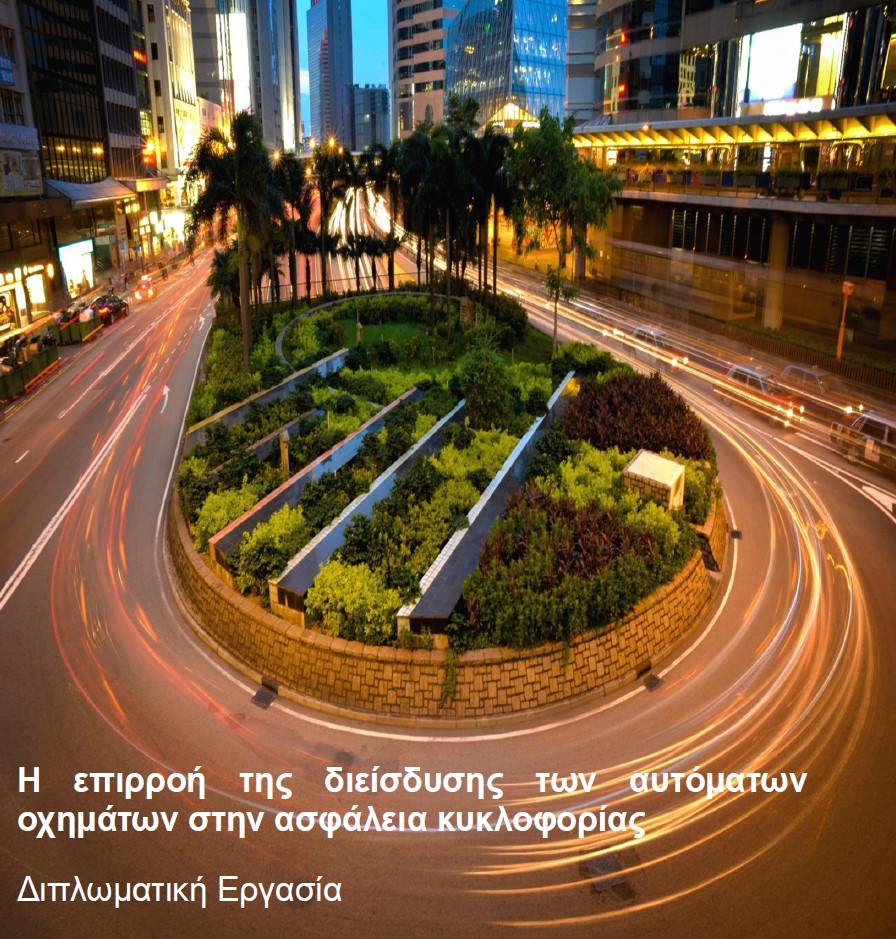
The aim of this Diploma Thesis is to determine the influence of the penetration of autonomous vehicles in the network on traffic safety. For this purpose, an analysis of simulation data was carried out around the Villaverde network in Madrid. Specifically, eleven microscopic simulation scenarios were carried out that varied in terms of the percentage of autonomous vehicle penetration in the market (MPR from 0% to 100%, with an increasing step of 10%). For each scenario, vehicle conflicts were recorded in which the time to collision was less than 1.5 seconds. For each such entanglement, both traffic and roadway characteristics were also recorded. To analyze the data, four mathematical models of multiple linear regression and multinomial logistic regression were developed to capture the correlation between time to collision, number of conflicts, maximum recorded conflict speed, and the type of conflicts with their critical influencing factors. The application of the models revealed that the factors influencing the above variables have to do with both traffic composition data (vehicle type) and road infrastructure data (road type, road capacity). Finally, increasing the Market Penetration Rate (MPR) of autonomous vehicles in the network was found to have, in general, positive effects on road safety. However, it does lead to traffic heterogeneity through the coexistence of compatible vehicles.
| ID | ad151 |
| Presentation | |
| Full Text | |
| Tags |







